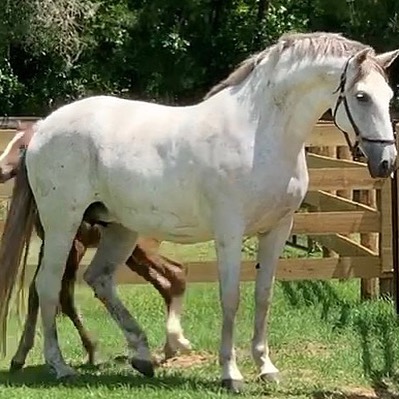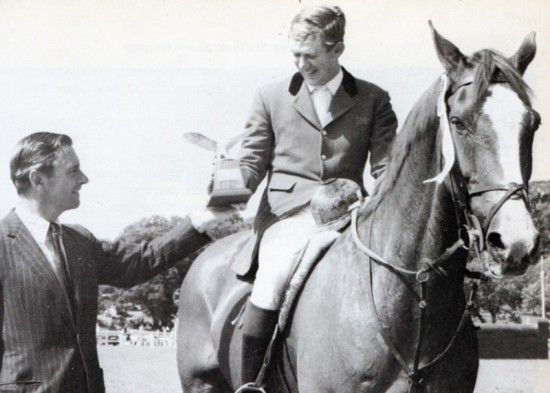Bolero Dance Of The Horses @Escola Portugesa de Arte Equestre
In 1979, the Ministry of Agriculture founded EPAE - the Portuguese School of Equestrian Art, set up by Guilherme Borba and Joao Costa Ferreira with the simultaneous objective of both teaching and raising the profile and the practices of the traditional Portuguese Equestrian Art. The School remained temporarily housed at the Portuguese Equestrian Society in Campo Grande, Lisbon, and has made sporadic performances in Queluz ever since 1984.

In 1996, stables were built in the Gardens of the National Palace of Queluz to which the School relocated and has remained ever since whilst having also inaugurated the renovated Henrique Calado Riding Ring, where the school`s public performances take place, in July 2015.
EPAE represents the sequence to what was formerly the Royal Riding School, the equestrian academy of the Portuguese court that was closed down in the 19th century and housed in the Royal Stables of Belem, currently the National Coach Museum. The continuity of equestrian bull-fighting practices surviving through to contemporary times ensured that the same type of horse has been in usage since the 18th century and in conjunction with the same horsemanship, the same riding harnesses and the same uniforms.

The Portuguese School of Equestrian Art has also restored Baroque riding exercises such as the `ares altos` or `airs above the ground`. The horses ridden in the School are bred by the Alter stud farm with Portuguese School of Equestrian Art undertaking regular public performances and as well as exhibitions both elsewhere in Portugal and internationally and constituting a key means of promoting both the Lusitanian horse and Portuguese culture.


In 1996, stables were built in the Gardens of the National Palace of Queluz to which the School relocated and has remained ever since whilst having also inaugurated the renovated Henrique Calado Riding Ring, where the school`s public performances take place, in July 2015.
EPAE represents the sequence to what was formerly the Royal Riding School, the equestrian academy of the Portuguese court that was closed down in the 19th century and housed in the Royal Stables of Belem, currently the National Coach Museum. The continuity of equestrian bull-fighting practices surviving through to contemporary times ensured that the same type of horse has been in usage since the 18th century and in conjunction with the same horsemanship, the same riding harnesses and the same uniforms.

The Portuguese School of Equestrian Art has also restored Baroque riding exercises such as the `ares altos` or `airs above the ground`. The horses ridden in the School are bred by the Alter stud farm with Portuguese School of Equestrian Art undertaking regular public performances and as well as exhibitions both elsewhere in Portugal and internationally and constituting a key means of promoting both the Lusitanian horse and Portuguese culture.































